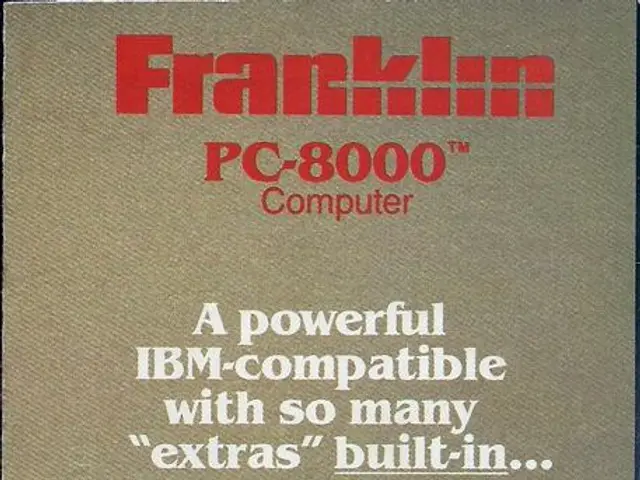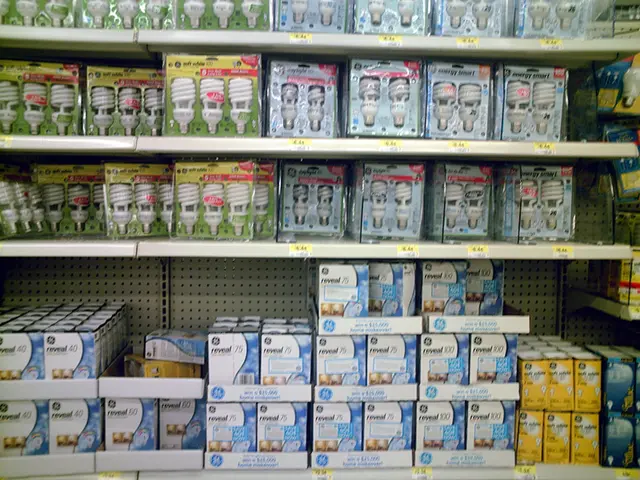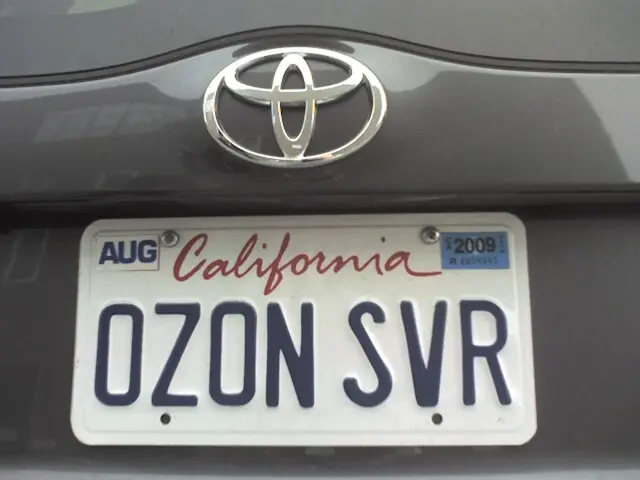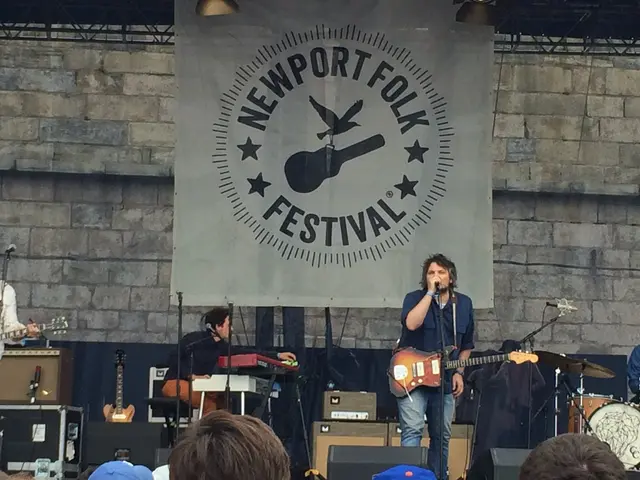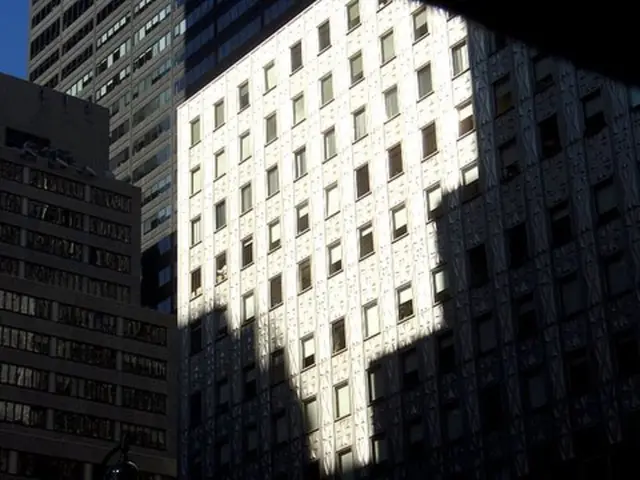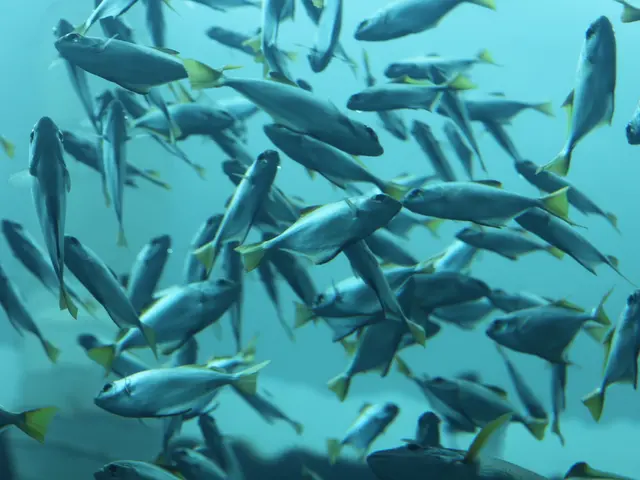Germany Maintains Dominance as PPA Heavyweight in 2024, Despite Reduced Volumes
In the realm of renewable energy, Germany has emerged as the second-largest Power Purchase Agreement (PPA) market in Europe for the year 2024, following Spain. This information comes from the "Market Offensive Renewable Energies" project, led by Nicolas Eschenbruch, and published by the "Marktoffensive Erneuerbare Energien" under the Deutsche Energie-Agentur (dena) in collaboration with the German Chamber of Industry and Commerce.
The PPA market in Germany has seen a significant shift in mid-2024, with increased competition leading to a surge in approved quantities for onshore wind projects. For the first time in several years, tenders were oversubscribed, signifying a clear trend shift. Onshore wind projects have shown more robustness, with the capacity increasing from 148 MW to 270 MW.
However, the volume of PPAs fell from 3.8 GW in 2023 to 2.1 GW in 2024, primarily due to a collapse in the offshore wind segment, where the volume fell from 1.7 GW to 0.4 GW. This decrease can be attributed to regulatory uncertainties in 2025, causing completions to total only 200 MW in the first half of the year. New PV large-scale plants were either planned in combination with batteries or completely paused.
Despite the decrease in volume, the increased number of PPA contracts indicates the market's growing maturity. Short-term PPAs are gaining importance, particularly for already subsidized plants to enhance secure revenues. These short-term PPAs are easier for buyers to integrate into supply strategies. The average contractually secured capacity per conclusion decreased significantly.
In the current subsidy model, plants can switch between subsidy and direct marketing with a one-month notice period. In direct marketing, plants have the right to market certificates of origin (HKN) and can secure revenues above the original subsidy level through a PPA.
Innovative market players are developing new solutions like Battery PPAs (Power Storage Agreements) in 2025, opening up new market opportunities. However, the PV capture rate fell to a low of 0.47 in May 2024, and over 18% of PV power production was generated during periods of negative prices, affecting profitability and requiring a higher risk tolerance from potential buyers and intermediaries.
For many PV plants, the "Opt-out" is profitable due to decreased EEG subsidy values and relatively attractive PPA prices in 2024. Onshore wind projects often find a temporary switch less profitable, as their subsidy values are usually above market PPA prices.
In conclusion, while the PPA market in Germany has seen a decrease in volume, the increased number of contracts and the shift towards short-term PPAs indicate a growing maturity in the market. The development of new solutions like Battery PPAs promises exciting opportunities for the future.

